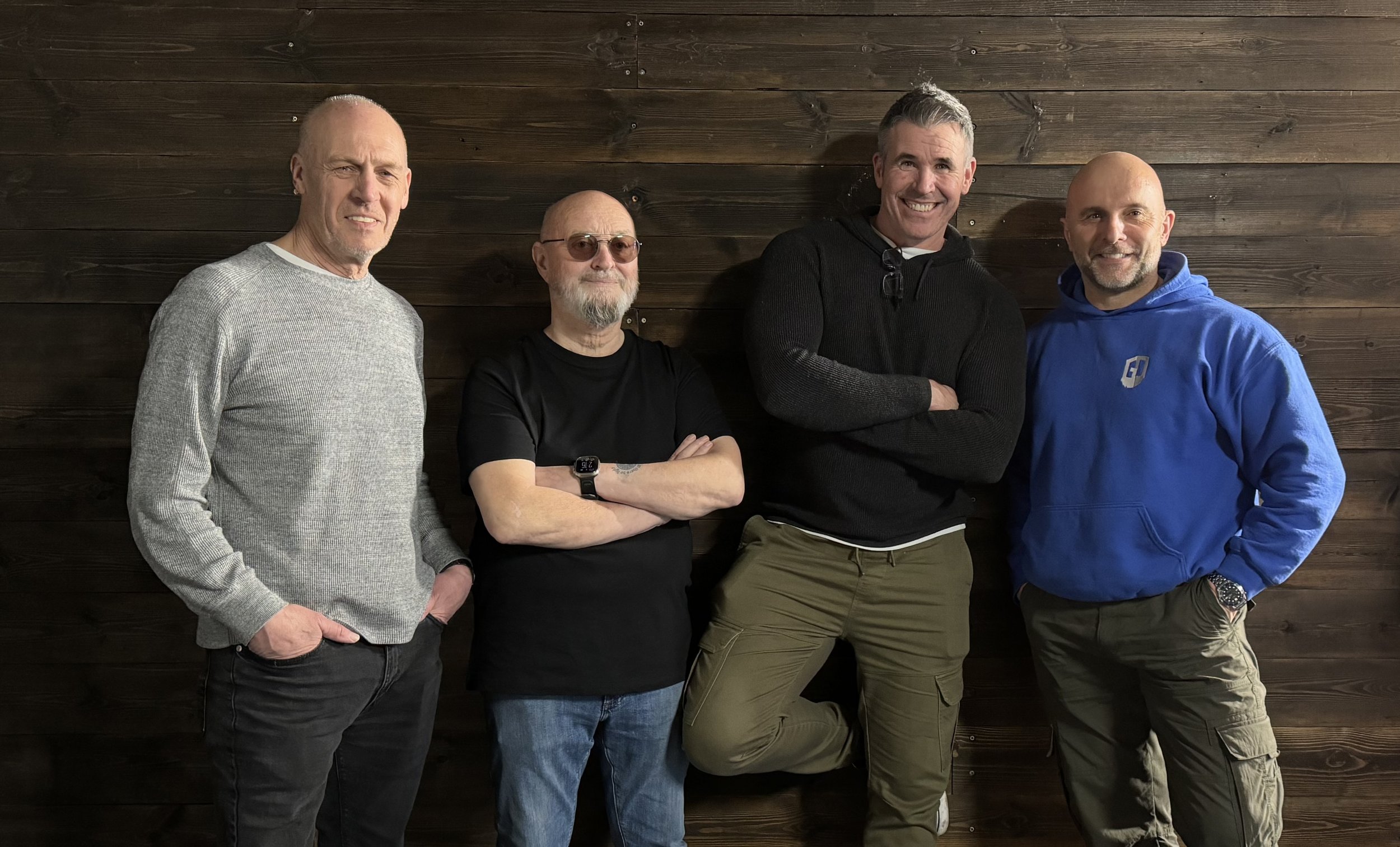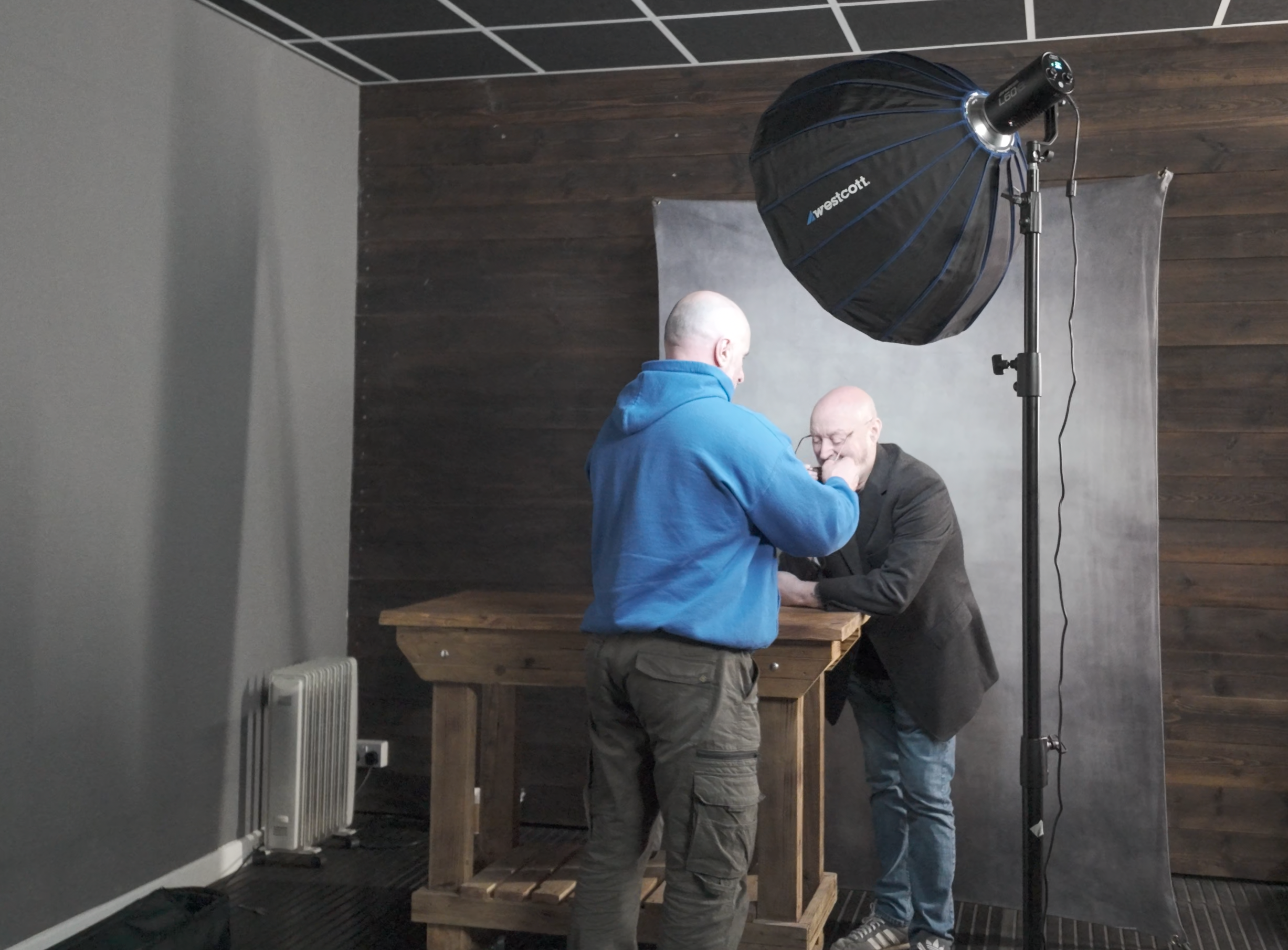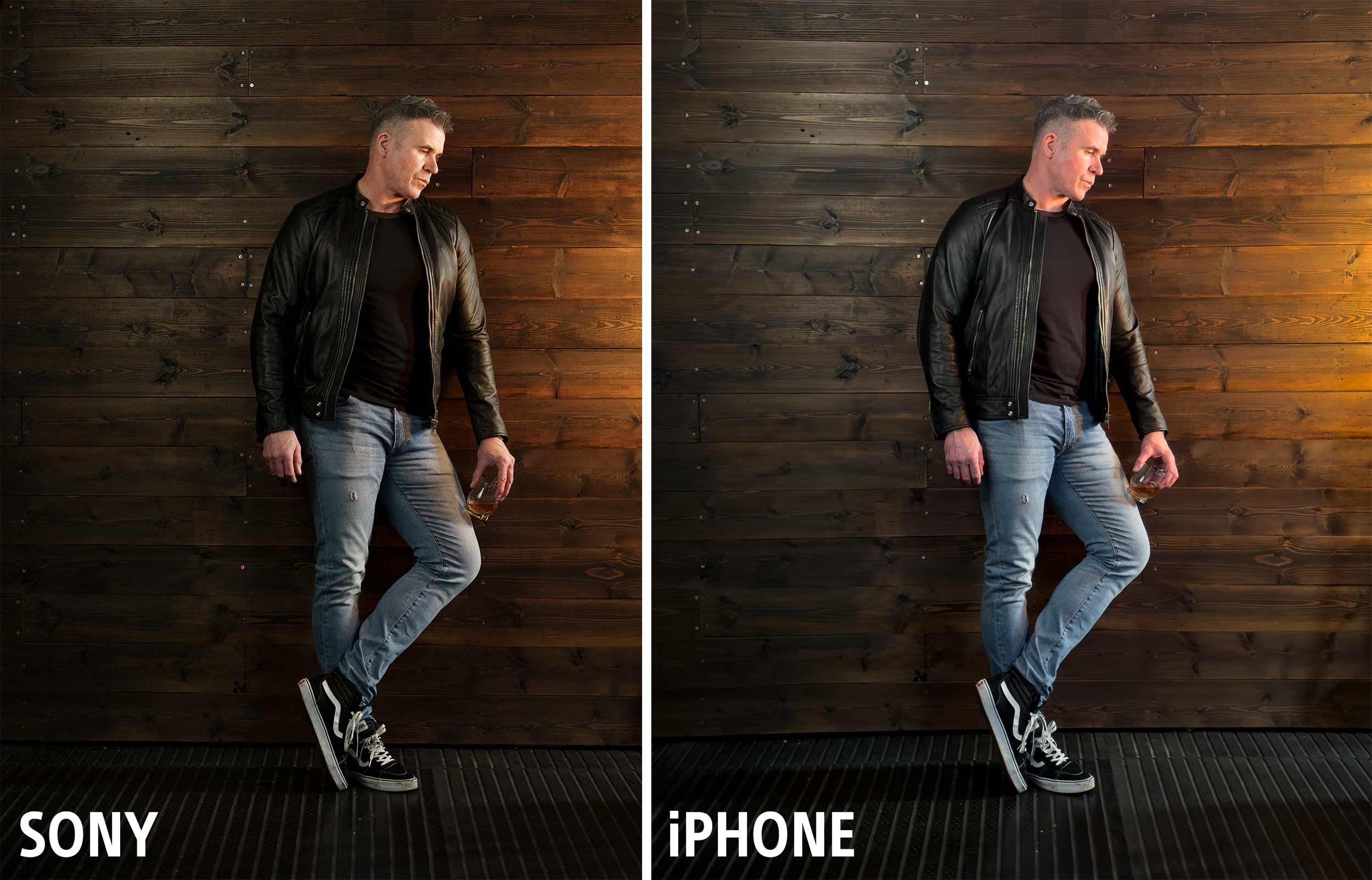Thoroughly enjoyed chatting with Hollywood Movie Poster / Art Work Retoucher Lisa Carney and uncovering the HOW, WHAT and WHY of her personal work, her photography, process, retouching, personal projects and travel.
At the beginning of this recording check out the slideshow of her images and then learn how she captures and edits them because I guarantee, like me, you’ll be blown away!
Links mentioned in the video
Website: lisacarney.com (Portfolios, Photoshop Tutorials, Courses and more … )
Grief ( Art as Therapy - Personal Project ) LINK
Instagram: @lisacarney
The Lightroom Virtual Summit 2024: bit.ly/lvs-2024
Glyn’s Adobe Lightroom Community Page: LINK
Unsurprisingly, Lisa was a HUGE hit judging by some of the comments posted already from folks watching the recording …


























































